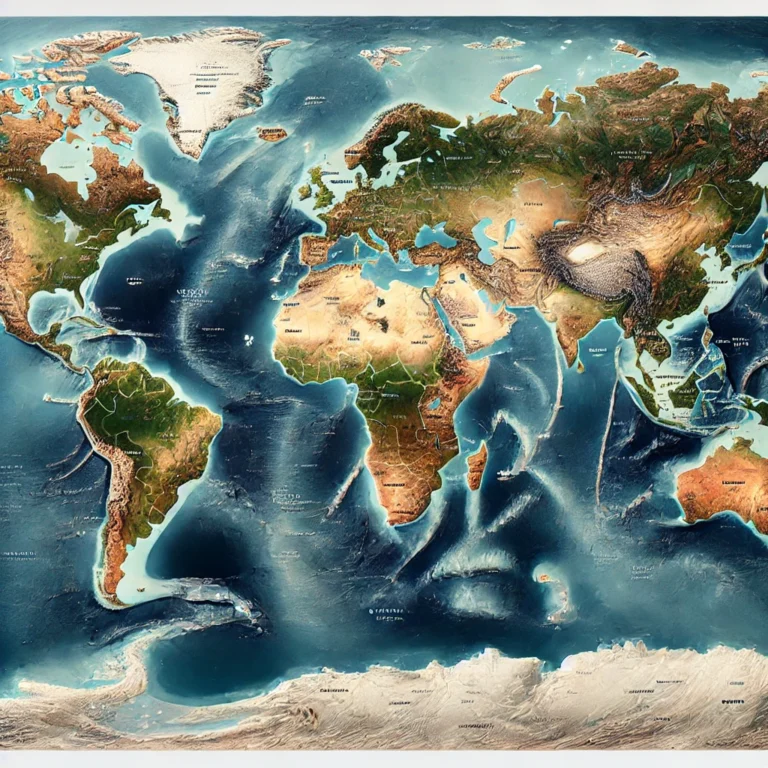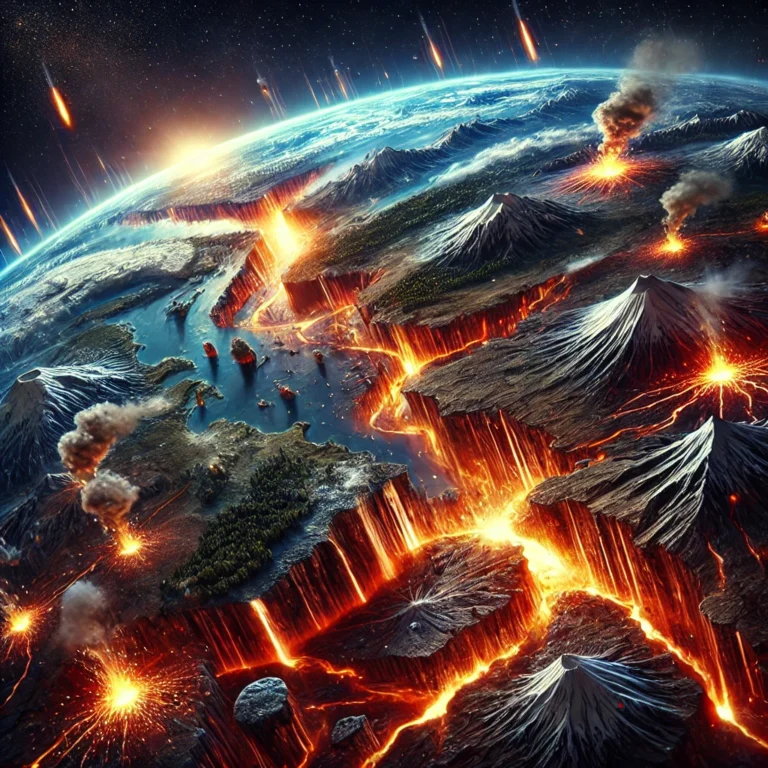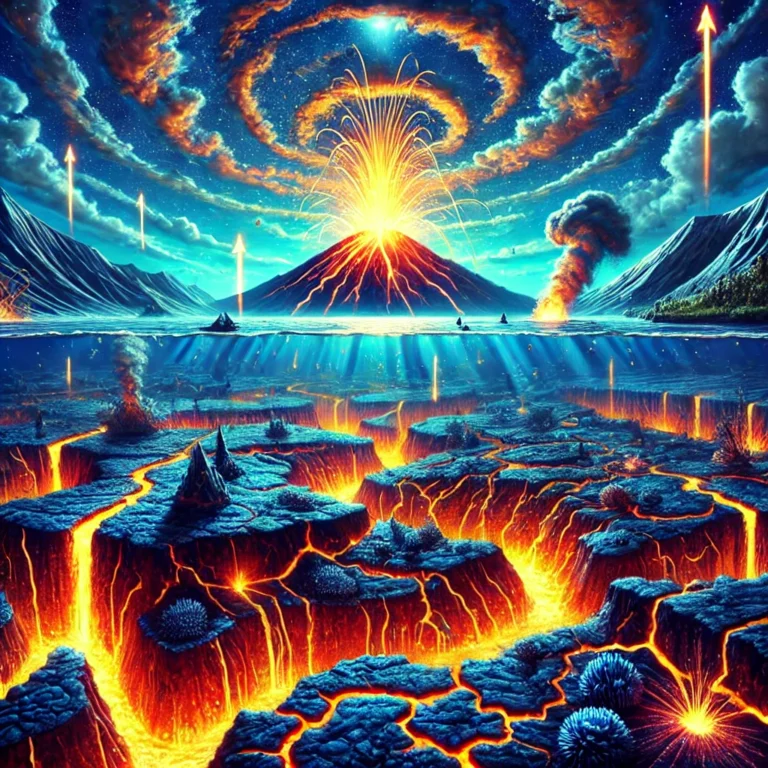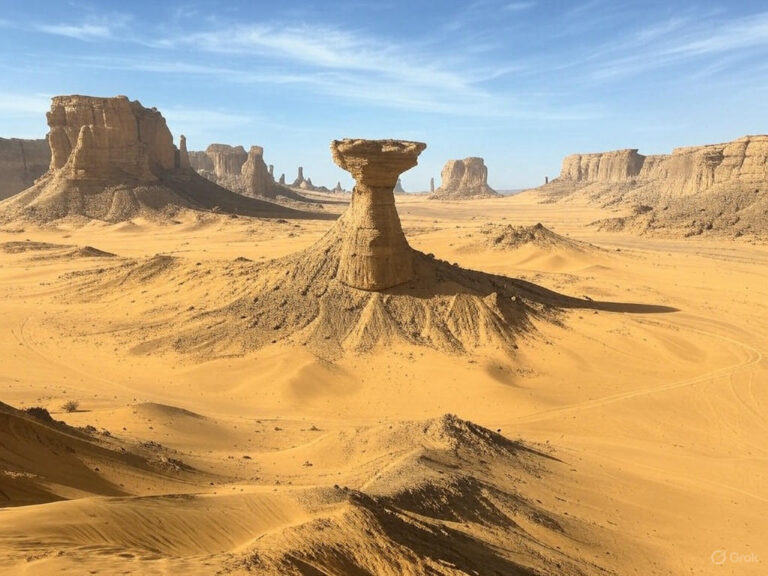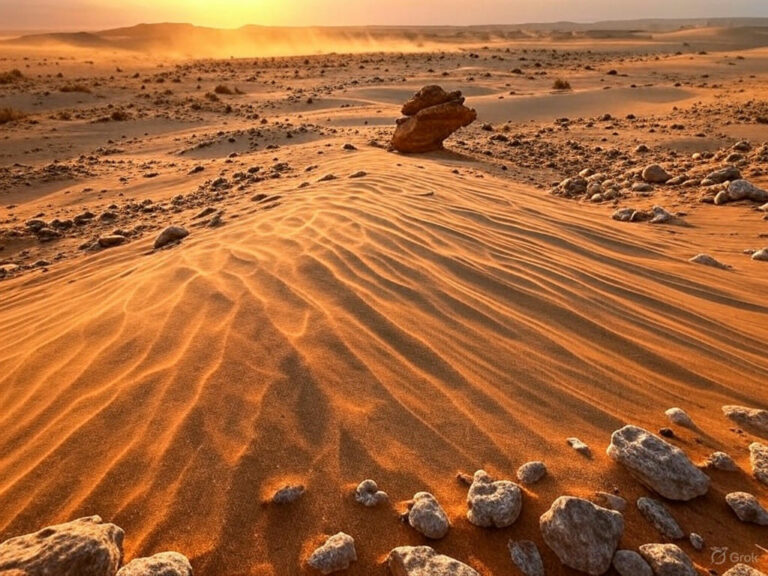Condensation
Imagine stepping out on a chilly morning and noticing tiny water droplets forming on your car windshield or grass blades. Or perhaps you’ve seen your bathroom mirror fog up after a hot shower. What you’re witnessing is condensation—a fundamental process in Earth’s water cycle.
What is Condensation?
Condensation is the process by which water vapor (gas) transforms into liquid water when it comes into contact with a colder surface. Essentially, warm air carrying moisture cools down, releasing heat and forming water droplets.
For example:
- A cold glass of water on a hot day gathers tiny droplets on its surface as warm air around it cools down.
- Clouds, fog, and dew all form when water vapor condenses in different conditions.
When Does Condensation Occur?
Condensation begins only when the relative humidity exceeds 100%, meaning the air is holding more moisture than it can retain at its current temperature. This leads to saturation, and the excess moisture must be released in the form of liquid (water droplets) or solid (ice, snow, frost).
Dew Point: The Key Temperature for Condensation
The dew point is the temperature at which air becomes fully saturated (100% relative humidity) and condensation starts.
- If the dew point is above 0°C, water vapor condenses into liquid, forming dew, fog, or rain.
- If the dew point is below 0°C, condensation occurs as solid ice, leading to frost, snow, or ice crystals.
How Does Air Become Saturated?
Air reaches saturation in two primary ways:
- Increase in Absolute Humidity:
- More water vapor is added to the air, raising absolute humidity until it equals the air’s moisture-holding capacity.
- Example: Evaporation from lakes or oceans adds moisture to the air, increasing the chance of rain.
- Cooling of Air:
- If the air cools to the point where it can no longer hold all its moisture, condensation begins.
- Example: Nighttime cooling leads to dew formation on grass as air temperatures drop.
Since cold air holds less moisture than warm air, cooling is the most common way for condensation to occur in nature.
The Role of Latent Heat in Condensation
- When condensation occurs, latent heat of condensation is released into the atmosphere.
- This extra heat slows down the cooling process of rising air, making condensation a crucial factor in cloud formation and weather patterns.
- This is why clouds help regulate Earth’s temperature—they trap heat during the night and release energy back into the atmosphere.
Forms of Condensation
Imagine walking outside early in the morning—your car windshield is wet, the grass is covered with tiny droplets, and a thin layer of mist hovers over the fields. These are all different forms of condensation, where water vapor transforms into liquid or solid forms depending on temperature and atmospheric conditions. Let’s explore each type in detail.
1. Dew
Dew forms when warm, moisture-laden air cools down at night and condenses directly on objects like grass, leaves, and car surfaces. Unlike fog, dew doesn’t need microscopic particles (hygroscopic nuclei) to form; it settles directly on surfaces.
Conditions for Dew Formation:
✅ High relative humidity (moist air)
✅ Calm or very light wind (to avoid mixing of air layers)
✅ A radiating surface (like grass or car tops)
✅ Effective outgoing longwave radiation (clear skies allow the surface to cool rapidly)
🌡 Above freezing point: Water droplets form dew
❄ Below freezing point: Dew turns into frost
2. Frost
Frost is formed when water vapor directly freezes into ice on surfaces like roofs, trees, and roads when temperatures fall below freezing (0°C).
Types of Frost:
- Hoar Frost – White, feathery ice crystals that form directly on cold surfaces.

- Black Ice (Glazed Frost) – A thin, transparent ice layer that forms on roads, making them extremely slippery and dangerous.

- Freezing Drizzle (Crachin) – Tiny raindrops freeze before reaching the ground.

🚨 Economic Impact: Frost can damage crops like potatoes, oilseeds, and fruits, making it a significant agricultural hazard.
3. Mist & Fog
Both mist and fog form when water vapor condenses in the air above the ground around tiny dust or pollution particles, reducing visibility. The difference between them is their impact on visibility:
- Mist: Visibility is reduced but remains above 1 km.
- Fog: More intense, reducing visibility to less than 1 km.
Fog plays a major role in winter weather, especially in cities like Delhi, where pollution particles provide condensation surfaces, creating dense smog (smoke + fog).
4. Snowfall
Snow forms when water vapor turns directly into ice crystals without becoming liquid first. This process occurs when:
- The freezing level (altitude where temperatures are below 0°C) is close to the ground (less than 300m).
- Ice crystals combine and fall as solid precipitation.
🌨 Unlike sleet or hail, snowfall remains soft and fluffy.
5. Sleet
Sleet is a mixture of ice and raindrops that occurs in winter. It happens when:
❄️ Snowflakes fall through a warm air layer, partially melting into rain.
❄️ Then they pass through a cold layer again, freezing into tiny ice pellets before hitting the ground.
💡 Think of sleet as halfway between rain and hail—frozen raindrops rather than soft snowflakes.
6. Hail
Unlike sleet, hail forms only during thunderstorms inside towering Cumulonimbus clouds.
🔄 Formation Process:
1️⃣ A small object (dust or ice particle) collides with super-cooled water in the cloud.
2️⃣ The water freezes around the object, forming a tiny ice pellet.
3️⃣ Strong updrafts in the storm push the hailstone back up, where more layers of ice accumulate.
4️⃣ The cycle repeats until the hailstone becomes too heavy and falls to the ground.
🧊 Hailstones can range from small pebbles to cricket ball-sized chunks, causing severe damage to crops, vehicles, and buildings.
7. Drizzle
Drizzle is like a lighter version of rain, made up of tiny, uniform water droplets (less than 0.5mm in diameter). It occurs in humid, stable air and is common in coastal areas.
🌧️ Unlike heavy rain, drizzle falls gently and continuously, often lasting for hours.
8. Rime
- Formation: Rime occurs when supercooled water droplets (below 0°C) freeze upon contact with cold surfaces such as trees, power lines, or mountain slopes.
- Appearance: It creates white, feathery, and opaque ice deposits, different from clear ice or frost.
- Weather Conditions: Common in freezing fog, strong winds, and high-altitude regions, especially in winter storms or mountainous areas.

Condensation is not just a scientific process—it’s a daily phenomenon shaping our weather, environment, and lives. From morning dew to winter frost, from thick fog to powerful hailstorms, every form of condensation tells a different story about the air’s journey through temperature and pressure changes.


